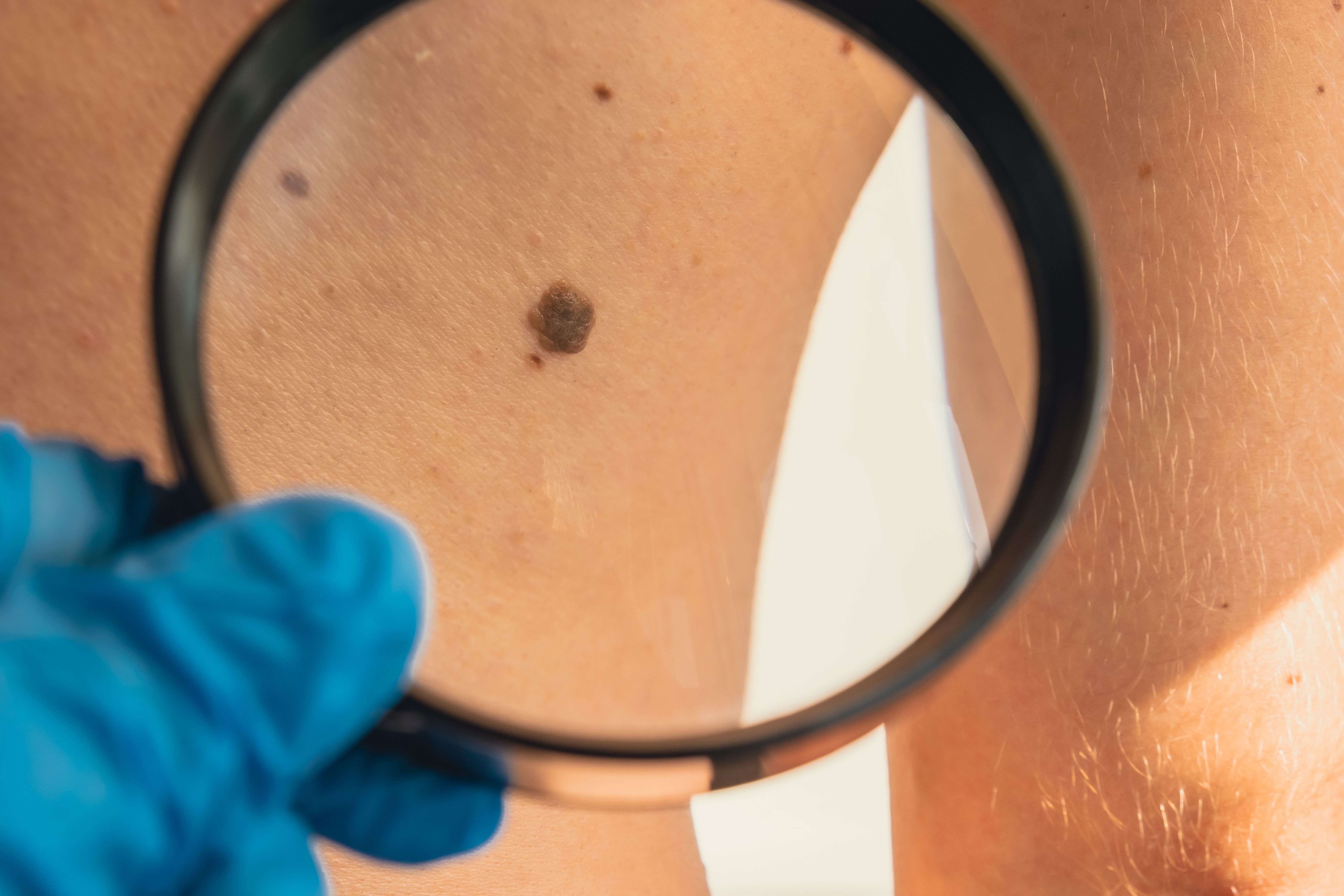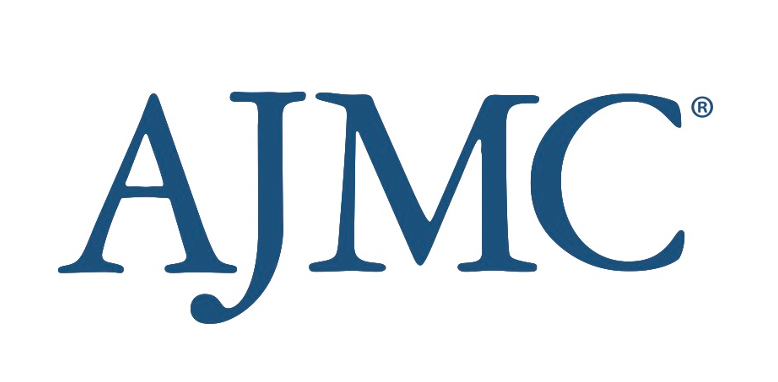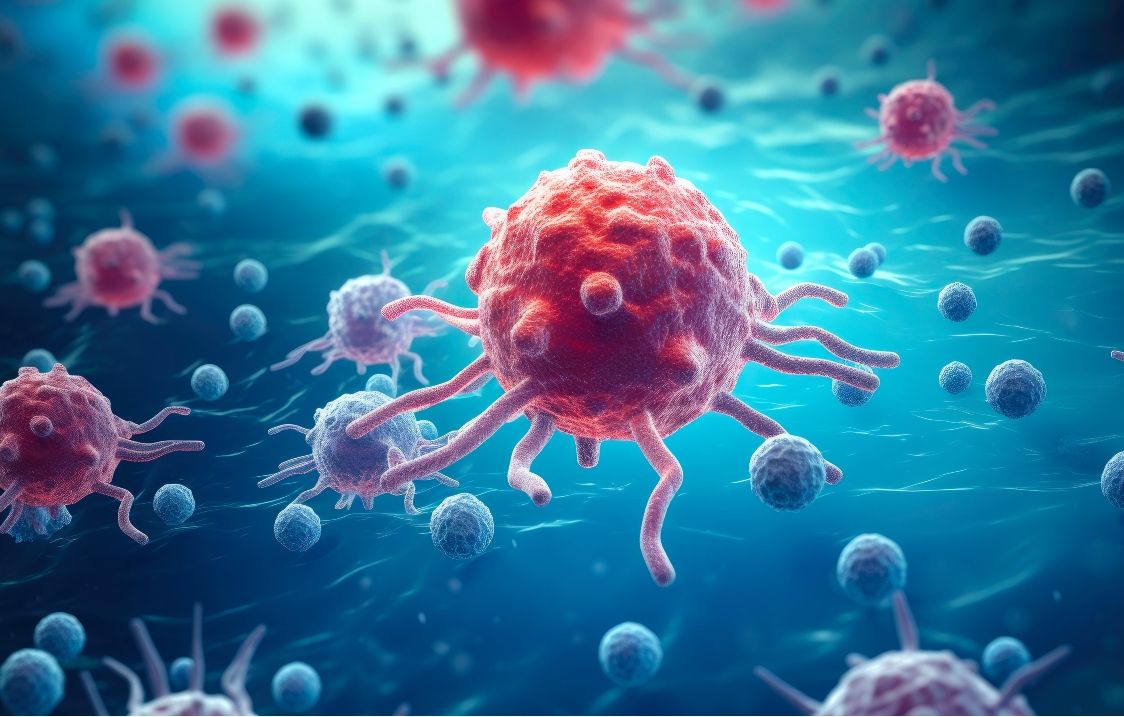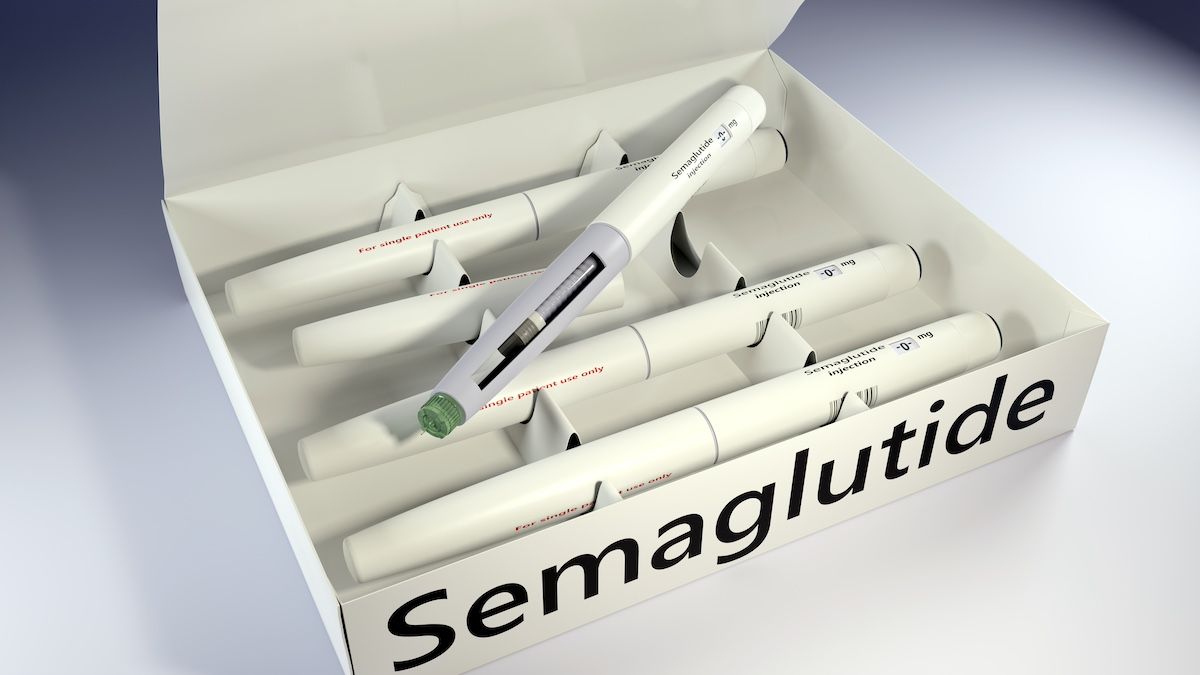News
Article
Novel Methods Could Reshape Skin Cancer Diagnostics
Author(s):
Key Takeaways
- Raman spectroscopy, paired with AI, offers a non-invasive method for detecting skin cancer, showing good diagnostic accuracy.
- Regulatory challenges and machine bulkiness limit the clinical adoption of Raman-based diagnostics in the US and UK.
Investigators highlighted Raman spectroscopy, a noninvasive diagnostic technology that could lead to faster, earlier detection of skin cancer.
As the global incidence of skin cancer surges, new diagnostic technology may help improve patient outcomes and speed up treatment, according to a review article published in the journal Global Challenges.1
Patient self reporting or intentional physical examinations by clinicians remain the main avenues by which suspected skin cancers are identified. | Image credit: anna.stasiia - stock.adobe.com

The review highlights Raman spectroscopy, a tool that can detect molecular vibrations, as a promising diagnostic method for skin cancer. The authors say pairing this technology with artificial intelligence (AI) and machine learning could one day give primary care clinicians more power to detect and treat skin cancer.
Nearly 2 million new cases of nonmelanoma skin cancer are diagnosed each year, according to data from the World Health Organization.2 However, corresponding author Pola Goldberg Oppenheimer, MSc, PhD, of the University of Birmingham, and colleagues argued that the actual number could be considerably higher due to insufficient statistical reporting and undiagnosed cases.1 Still, the reported numbers alone are enough to place nonmelanoma skin cancer among the top 5 most frequently occurring cancers worldwide.
Effective skin cancer diagnosis is difficult for a number of reasons, the authors explained. While Europe and the United States have both launched major screening initiatives, the results of those initiatives have been mixed, sparking as much debate as clarity. Thus, patient self-reporting or intentional physical examinations by clinicians remain the main avenues by which suspected skin cancers are identified. Costly, painful biopsies remain the gold standard in diagnosis, the investigators noted. That status quo leaves significant room for improvement, they added.
“Early-stage diagnostics are… particularly challenging because of the often-subtle epidermal differences and either none or nonspecific symptomatology, e.g., dermatitis,” they wrote.
All told, the investigators said there is an “urgent need” for better technologies that offer more rapid and accurate diagnosis of skin cancer.
Raman spectroscopy systems use laser technology to detect “molecular fingerprints” in a patient’s dermatological matrix. Paired with AI, the tool can help detect anomalies consistent with skin cancer. Its advantages include the fact that it does not cause skin damage and is noninvasive. A 2012 study found the technology was able to discriminate between skin cancers, precancers, and benign skin lesions, with “good” diagnostic accuracy.3 Subsequent technological advances have helped offset other limitations of Raman spectroscopy, including difficulty maintaining lens focus and the risk of autofluorescence.
However, the investigators said a number of drawbacks remain, primarily in the regulatory sphere. They noted that neither the United States nor the United Kingdom has approved a Raman-based clinical device for sole use in diagnostics. They said the lack of regulatory buy-in “inhibits the transnational pathways to the clinical environments.”
Another challenge, the investigators said, is the traditional bulkiness of the machines, rendering them non-portable. They said significant progress has been made to create portable Raman technologies, and such devices are already being used in other fields, including forensics and food analysis.
Oppenheimer and colleagues said in the future they would like to see biopsy become a last resort, replaced by noninvasive, point-of-care diagnosis. Raman technology, they said, holds significant potential to be a part of that solution. They added that it could also have applications in other health care areas, including emergency medicine, neurology, psychiatry, ophthalmology, and gastroenterology.
The investigators concluded that technologies like Raman spectrometry and other emerging tools can improve the diagnosis of skin cancer and ultimately improve patient outcomes and recovery, as clinicians and patients are able to leverage the benefits of early diagnosis.
“The realization of these technologies in clinical practice will undoubtedly mark a transformative step in skin cancer diagnostics in the coming years,” they wrote.
References
- Thomas JL, Heagerty AH, Oppenheimer PG. Emerging technologies for timely point-of-care diagnostics of skin cancer. Global Challenges. 2025;2400274. doi:10.1002/gch2.202400274
- World Health Organization. WHO Statistics 2023. Accessed April 4, 2024. https://gco.iarc.fr/today/online-analysis-table
- Lui H, Zhao J, McLean D, Zeng H. Real-time Raman spectroscopy for in vivo skin cancer diagnosis. Cancer Res. 2012;72(10):2491-2500. doi:10.1158/0008-5472.CAN-11-4061





